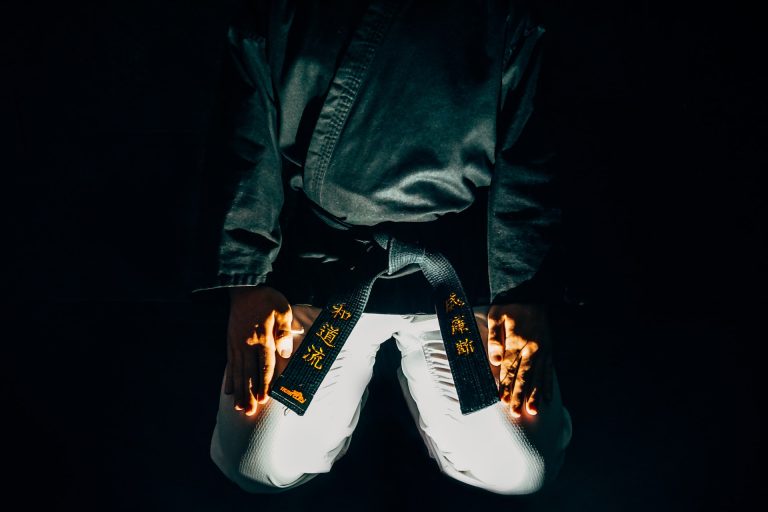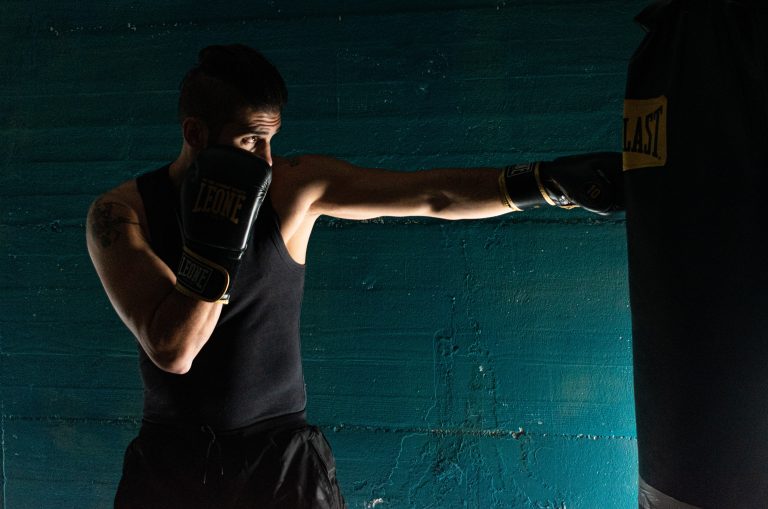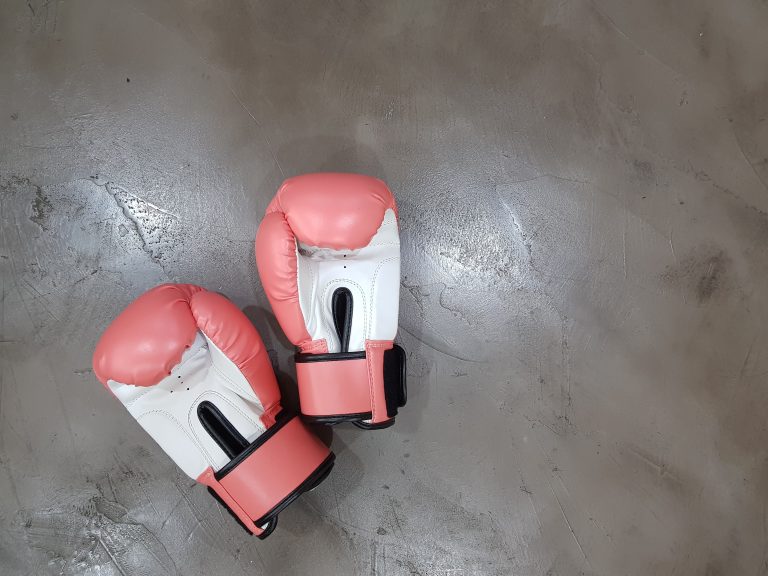Karate Breaking Techniques: Breaking Down the Basics
Karate is a martial art that has been around for centuries, and it is known for its powerful strikes and precise movements. One of the most visually impressive aspects of karate is the breaking of boards, bricks, and other objects. Breaking is not just about brute force, but it is also about technique and concentration. In this article, we will delve into the world of karate breaking techniques and discuss the fundamentals of this fascinating practice.
The Basics of Karate Breaking Techniques
Breaking is an essential part of karate, and it involves using various techniques to break a board or another object. The board or object is usually held firm by one or more people, and the karateka (karate practitioner) must use their physical abilities and focus to complete the break. There are many different types of breaks in karate, and they vary in difficulty and technique. Here is a breakdown of the most common types of karate breaking techniques:
Front kick (mae geri)
The front kick is one of the most basic kicks in karate, and it is also used in breaking. To perform a front kick break, the karateka stands in front of the board with their kicking leg straightened and their toes pointing upward. With an explosive motion, the karateka brings their foot forward and down, striking the board with the ball of their foot. Breaking with a front kick requires a lot of power and focus, and it is an impressive display of strength and technique.
Knifehand strike (shuto uchi)
The knifehand strike is another common breaking technique in karate. To perform a knifehand strike break, the karateka stands next to the board with their striking hand held in a knifehand position (fingers together and the thumb tucked in). With a swift, chopping motion, the karateka strikes the board with the side of their hand, focusing their energy through their arm and into the board. Breaking with a knifehand strike requires precise technique and a lot of practice to perfect.
Elbow strike (hiji ate)
The elbow strike is a more advanced breaking technique that involves using the elbow to strike the board. To perform this break, the karateka stands in front of the board with their elbow bent and tucked close to their body. With a powerful burst of energy, the karateka drives their elbow forward and into the board, breaking it with the sharp point of their elbow. Breaking with an elbow strike requires a lot of strength and conditioning, as well as precise technique.
The Importance of Proper Technique
Breaking in karate is not just about raw power, but it also requires precise technique and concentration. Without proper technique, even the strongest karateka will struggle to break a board or other object. Here are some important tips to keep in mind when practicing karate breaking techniques:
- Focus: Breaking requires intense concentration and focus. Before attempting a break, clear your mind and focus your energy on the task at hand.
- Technique: Proper technique is essential for successful breaking. Work with a qualified instructor to learn the correct form and execution of each technique.
- Conditioning: Breaking requires a lot of physical strength and conditioning. Regular training and conditioning exercises will help prepare your body for the rigors of breaking.
- Consistency: Breaking is not something that can be accomplished overnight. It takes time, practice, and consistency to perfect your breaking skills.
The Physics of Breaking
Breaking is not just about technique and focus; it also involves a basic understanding of physics. When breaking a board or other object, the force of the strike must be greater than the strength of the object. Here are some basic principles of physics at play in karate breaking:
- Momentum: The faster an object is moving, the more momentum it has, and the more force it can generate. Karateka use this principle to generate more force with their strikes by putting their whole body behind the strike.
- Kinetic energy: Kinetic energy is the energy an object possesses due to its motion. When a karateka strikes a board or object, their hand, foot, or elbow has kinetic energy, which is transferred to the object to break it.
- Breaking point: The breaking point is the point at which an object breaks. This point can be determined by the strength of the object and the force applied to it.
Frequently Asked Questions about Karate Breaking Techniques
Karate is a martial arts practice that consists of various techniques to strengthen the body and mind of individuals. One of those techniques is known as breaking. Breaking is a technique that involves using physical force to break boards, blocks, bricks or other materials. It is an essential part of karate, and mastering the breaking techniques requires years of dedicated practice. In this article, we will answer some of the most commonly asked questions about karate breaking techniques.
What is Karate Breaking Technique?
Karate breaking technique is the art of breaking objects with the use of physical strength, energy, and focus. The objects used for breaking can be anything from wooden boards to concrete blocks. It is an essential part of karate practice and is used to showcase a practitioner’s strength, technique, and power.
What is the Purpose of Karate Breaking Technique?
Karate breaking technique is not just about breaking objects; it serves a much more profound purpose. The primary purpose of breaking techniques is to develop a practitioner’s strength, confidence, and focus. Breaking boards or blocks requires a tremendous amount of physical and mental energy, and practicing these techniques can help practitioners build their stamina, control, and self-discipline. It also helps in building a sense of achievement and pride, which can boost the practitioner’s confidence.
What is Required to Master Karate Breaking Technique?
Mastering karate breaking techniques is not an easy task. It requires years of dedicated practice, focus, and perseverance. Practitioners need to develop their physical strength, technique, and mental focus to be able to execute breaking techniques successfully. In addition, they need to have proper training and guidance from a qualified karate instructor.
What Are the Different Types of Karate Breaking Techniques?
There are various types of karate breaking techniques. These include:
– Hand Techniques: Hand techniques involve breaking objects with bare hands. This includes striking the object with the palm of the hand, back of the hand, or the fist.
– Elbow Techniques: Elbow techniques involve breaking objects by striking them with the elbow. This technique requires a tremendous amount of strength and accuracy.
– Foot Techniques: Foot techniques involve breaking objects by kicking them with different parts of the foot, such as the ball of the foot or the heel.
– Jumping Techniques: Jumping techniques involve breaking objects while jumping in the air. This technique requires not only physical strength but also good technique and focus.
What Precautions Should Be Taken While Practicing Karate Breaking Technique?
Breaking techniques can be dangerous if not executed correctly. It is essential to take the necessary precautions while practicing these techniques. Some of the safety precautions include:
– Practicing under the guidance of a qualified karate instructor
– Wearing proper protective gear, such as gloves and padding
– Starting with smaller objects and gradually increasing the difficulty level
– Focusing on proper technique rather than just brute strength
– Practicing in a safe and controlled environment
Is Breaking a Required Skill in Karate?
Breaking is not a required skill in karate. It is an advanced technique that requires years of practice and dedication. Some karate schools do not even teach breaking techniques, while others emphasize it as an essential aspect of the practice. Ultimately, it depends on the individual’s preference and the focus of their instructor.
Can Anyone Learn Karate Breaking Technique?
Anyone can learn karate breaking technique with proper training and guidance. However, it requires a significant amount of physical strength, technique, and mental focus. Practitioners should start with easier techniques and gradually progress to more challenging ones. They should also have proper training and guidance from a qualified karate instructor to avoid injuries.
In conclusion, karate breaking technique is an essential part of karate practice. It requires a tremendous amount of physical and mental energy to execute breaking techniques successfully. Practitioners should practice these techniques under the necessary precautions and guidance from qualified instructors. With time, dedication, and perseverance, anyone can master karate breaking techniques.
Karate Breaking Techniques: A Step-by-Step Guide
Karate breaking techniques are an impressive display of skill and strength. Breaking boards, bricks, and tiles requires precision, technique, and proper training. In this guide, we’ll go over the key steps needed to successfully execute a break.
1. Safety First
Before attempting any breaking techniques, it’s essential to ensure your safety. Adequate training, proper warm-up exercises, and the right protective gear are crucial.
2. Choose the Right Material
Select the right material for your break. Boards are typically made of pine, while bricks and tiles are made of clay. It’s essential to choose a high-quality, uniform material for your break.
3. Know Your Break
Determine the type of break you want to perform based on your skill level and experience. Basic breaks include the downward punch, sidekick, and elbow strike. More advanced breaks include jumping kicks and multiple boards.
4. Proper Stance and Positioning
Ensure that you have the right stance and positioning. Your feet should be shoulder-width apart and shoulder-length away from the material. Your hips should be square, and your body should be relaxed but stable.
5. Focus and Intention
Before you attempt the break, focus your energy and have a clear intention. This will give you the mental clarity necessary to execute the break successfully.
6. Proper Technique
Proper technique is essential for a successful break. Be sure to maintain proper form and execute the technique with precision. For example, if you’re breaking with a downward punch, ensure that your wrist is straight and your aim is accurate.
7. Follow Through
Follow through on your break. Make sure your arm, leg, or elbow continues through the material being broken. This will help prevent injury and ensure that the break is clean.
8. Practice, Practice, Practice
The key to a successful break is practice. Start with a smaller amount of material and work your way up to more challenging breaks. With practice, you’ll gain the confidence and skill necessary to perform impressive breaks.
Conclusion
Karate breaking techniques require precision, focus, and practice. Proper training, adequate warm-up exercises, and the right protective gear are essential to ensure your safety. By following these steps, you’ll be well on your way to performing impressive and successful breaks.
Inhaltsverzeichnis






